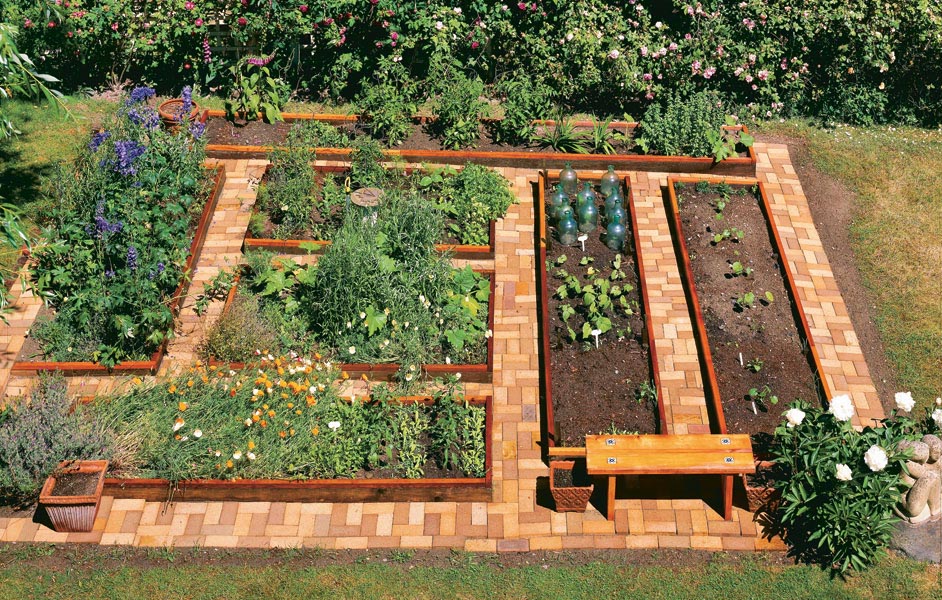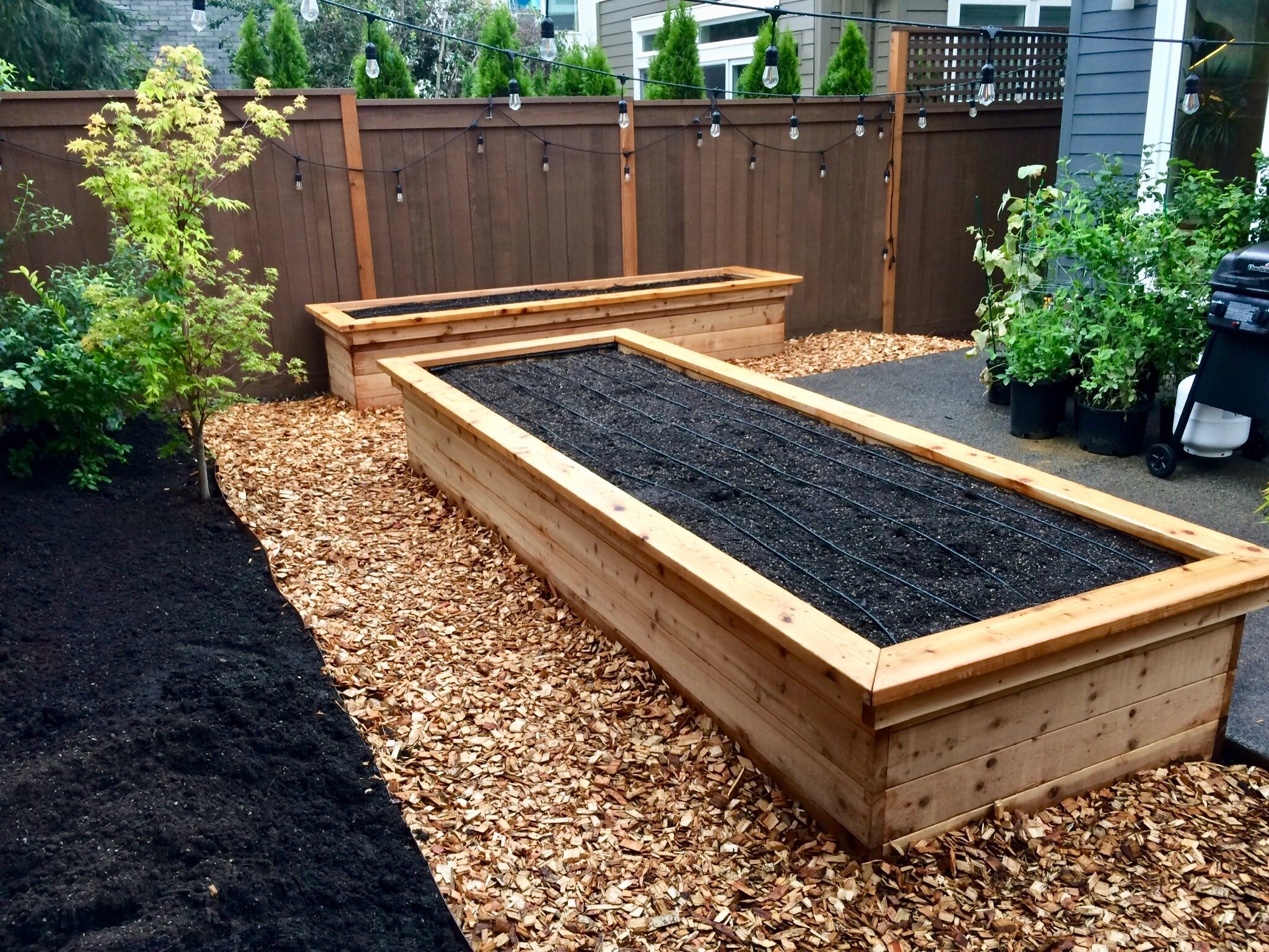

In the video, they use an electric nail gun to attach these, but I don’t have one of those, so I used wood glue. I then cut some of the leftover wood to place across the ledge for the floor of the box. I replaced the too-long board with a different board and everything was attached without a problem. After taking a break, I realized I could just take the ill-fitting box apart and attach each side inside the legs individually. The boards were slightly wonky and one side was just a hair too long. When I tried to slide the bottom box inside the legs, it did not fit. After both boxes were made, I formed the legs and fitted the top box inside the legs and screwed it together. Per instructions in the video, I built two basic boxes, one of which had a ledge on the long sides to hold the bottom slats, making attachments with 1 1/4 inch deck screws and a bit of wood glue. I also had the boards cut at the store because I do not own a chop saw. I chose pine for cost reasons and because I plan to paint the exterior of the box. Most projects recommend buying cedar or cedar fencing because it wears well outside. (Again, there will leftovers.) Finally, you need two 1-by-2 by 8 foot boards for the ledge that holds up the floor slats and the decorative trim on the box. You also need three 1-by-4 inch by 8 foot boards cut into 30 inch pieces for the legs. The remainder of the lumber is used for the floor of the box. (The V-style leg.) To build the box, you need four 1-by-6 by 8 foot boards, each of which is cut to give you one piece 36 inches long and one piece 16 1/2 inches long. It’s a basic box with a ledge inside to support the floor of the box and legs made out of two 1-by-4 inch boards each.
Raised garden bed layout how to#
My building skill level is low to moderate and I do not have a ton of power tools, but I’ve built enough boxes to know roughly how to do it.Īfter checking out a lot of videos (see the links at the bottom of the post), I chose the project below. I want to add two raised beds on legs to my patio for looks as well as rabbit protection. Others use wood for the bottom, which is heavier but sturdier and less likely to rupture.

On top of that, landscape fabric is installed. Several builders recommend adding a few cross boards on the bottom and then attaching quarter-inch hardware cloth to the bottom. What the bottom of the box is made of also varies.

Some folks create a frame that’s attached to the posts while others just attach the side boards to the posts. The other type involves using a sturdy post, such as a 4-by-4 or a 2-by-3, in each corner and building the box around it. The legs give the bed a more finished look. Some DIYers use two boards (1-by-4s, for example) to form a V-shape and then attach the side panels of the box inside the V-shaped legs. You can follow the tutorials or let them inspire your own designs.Raised beds on legs seem to fall into two styles, based on the style of leg. With some basic tools and a weekend afternoon or two, you can create these raised bed gardens for your own back yard. We’ve rounded up a few simple raised bed garden ideas that don’t require a degree in engineering to create. Vertical growing towers, window boxes, and wall planters also provide planting space for you to grow anything from lettuce and herbs to violas and petunias. If you don’t have room for traditional raised beds in your yard, there are many variations of the idea that work for compact spaces such as a petite patio, deck, or balcony. And a DIY design lets you make it as simple or complex as you like, ready to fit in better in your particular yard. But many designs can be DIY’ed for less using up-cycled or repurposed materials or even with basic lumber from the hardware store. There are tons of raised bed garden kits you can purchase and assemble yourself.

And bonus: They are easy to fence in, keeping your precious plants away from hungry garden visitor such as rabbits! Raised beds also warm up faster than garden beds, which is ideal if you live in a cold climate and want to maximize your number of growing days per year. If your soil is sandy or mostly heavy clay, raised beds, which are filled with exactly the soil mixture you want, make planting a breeze. You can build them high off the ground to save your knees or back. They make marking the space between your lawn and garden very simple, and make plowing up the soil unnecessary. Raised garden beds and planters can solve a number problems. If you're looking to put a small garden into your yard or near your house to grow veggies and fruits or different types of flowers, it's worth considering a raised bed.


 0 kommentar(er)
0 kommentar(er)
